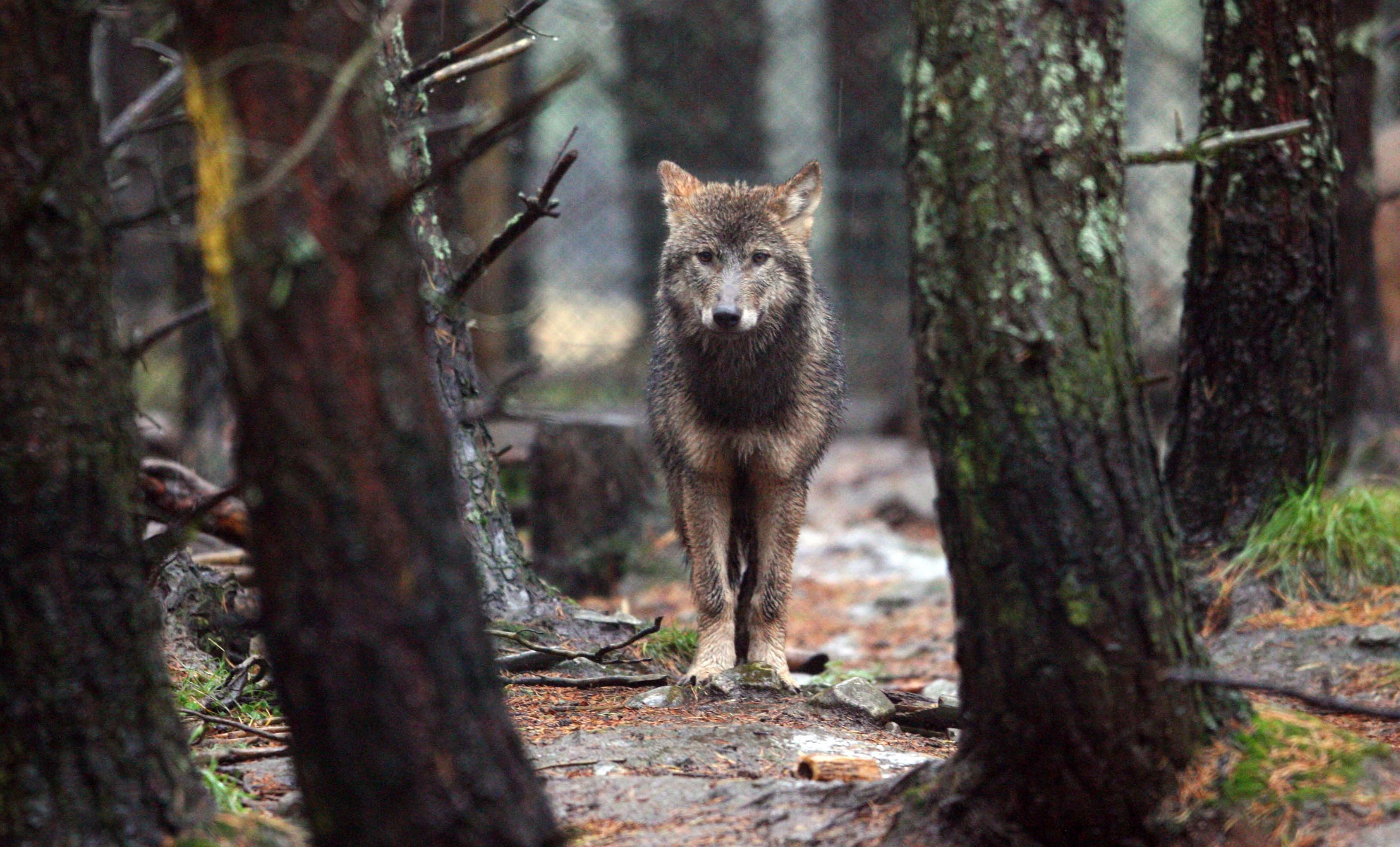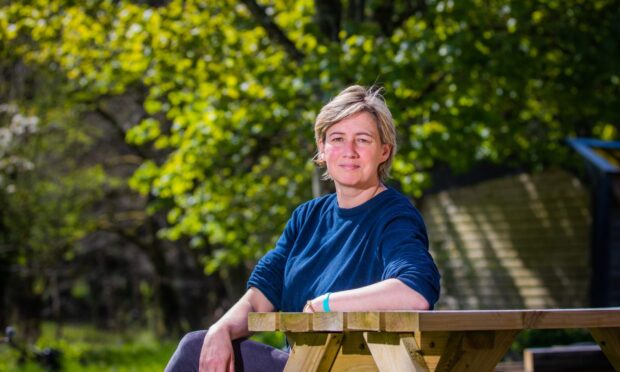The prospect of a ‘hard Brexit’ is causing increasing concern to farming industry leaders, judging by their public airings.
Any of the threats of reduced public support, access to seasonal labour, disruptions to existing export arrangements and rising imports of cheap products from low cost agricultural exporting nations could be enough to cause an
agricultural crash.
And upland agriculture across the UK is probably the least resilient sector with its dependence on livestock farming.
While the collapse of upland farming is something that I dread, I do realise that there are those who would actively welcome it and the more extreme
proponents of the ‘rewilding’ community is one such group.
Rewilding is the name for an approach to land management where natural processes dominate, and where man’s interventions are minimal. It is often measured by the regeneration of native woodland on a landscape scale.
Rewilding campaigners such as the journalist George Monbiot argue that all public support measures should be withdrawn from UK agriculture,
productive farming should be allowed to retreat to the very best land in our lowlands and our uplands be allowed to return to a more ‘natural’ state.
There is case history here if we care to look for it.
The last time upland agriculture was on its knees for any length of time was in the 1930s. Despite the social hardships, this decade did leave a positive imprint on our landscape, with many of our birch woodlands owing their existence to the disappearance of livestock at that time from the hills.
Looking abroad, various campaigners point out that a well forested country like Norway also used to be widely deforested and that it was the mass emigration and agricultural collapse in their uplands from the mid 19th Century though to the 1950s that allowed such ‘rewilding’ to take place.
In both situations, it is no coincidence that deer populations then were at a low level.It is fair to ask whether deer would prevent a rewilding in the event of an agricultural collapse in Scotland now.
The answer may be found in the pages of the recently published report by SNH on deer management in Scotland. Bear in mind that much of our uplands, and certainly the Highlands, are owned by people whose prime interest is field sports, not agriculture.
The report notes that the pace of ecological restoration where deer are involved is too slow to achieve Government biodiversity targets, let alone the vision of the rewilders.
Today in Scotland deer populations are much higher than they were in the 1930s. The fact is that many of those who own land in the uplands want deer or grouse, not a rewilded landscape.
And those who hope that land reform will change this are probably in for a disappointment. Community ownerships, such as in Assynt, can be keener than most to hold on to the sporting deer resource as they need the cash generated by stalking.
To help avert a Brexit-induced reduction in public support, the farming industry needs to work with its detractors in the rewilding community and others to build a vision for our uplands which is deliverable and worthy of support. Otherwise, neither side may get what they want and we will just be left with the deer.










